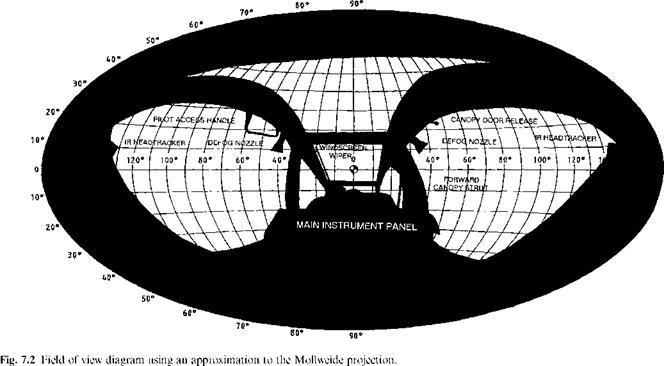Speed course method
The level flight ASI pressure error can be determined by timing the aircraft over a measured course. The course length is chosen to give a data run lasting between 30 and 60 seconds. EAS is calculated from the measured ground speed, after allowing for wind, pressure and temperature, and this is compared with the aircraft IAS. This method may be used at low altitude using visual timing or at high altitude using radar tracking or Doppler to measure the ground speed. Although the low level visual method is used at most test establishments it is reserved for level runs and requires a surveyed and marked ground course, and a stopwatch. It is highly desirable to locate an anemometer in the centre or, preferably, at each end of the course so that local winds can be noted. If timing back-up is to be provided by ground personnel then a radio link is usually employed. Alternatively radar tracking, Doppler or electronic
timing may be employed. Where possible a trace recording of the airspeed flown is used to determine the accuracy of the trim state of the subject helicopter.
Obtaining quality data from the speed course method requires that the helicopter be accurately timed over a course of known length whilst being flown accurately ( + 1 kts and +20 ft). If the course is flown in both directions a correction can be made for the wind (assuming it was of consistently low strength and constant direction) by averaging the ground speed for each run. This speed is then assumed to equal TAS. Errors are minimized by selecting a course that is oriented into the local wind. If a steady crosswind is unavoidable, the aircraft heading is maintained along the course track and the aircraft allowed to drift. If the heading were continually altered to ensure that the ground track matched the speed course then during the test the helicopter would be subjected to undefined amounts of sideslip which would affect the accuracy of the PE measurement. Sometimes it is necessary to displace the aircraft upwind of the start of the course to ensure that the lateral displacement from the end of the course is not excessive and accurate timing can still be accomplished.
Accurate results rely on both ground and aircrew observers avoiding timing errors due to parallax. In the aircraft this is typically achieved by sighting the ground markers across the same two fixed points on the airframe (the bottom of the instrument panel and a window frame for example). Longer course lengths should produce greater accuracy but, in practice, the optimum length for a test will depend upon the ease with which a constant IAS can be maintained. In calm conditions, this will depend upon the overall flying qualities of the helicopter. For the stopwatch and ground markers technique, a course length which gives a run time of approximately 1 minute is employed, providing the test IAS can be held to within +1 kts (brief excursions to + 2 kts are usually acceptable). Pilot workload and fatigue may be reduced by accepting shorter run times, down to 30 seconds, if difficulty is experienced in sustaining a stable condition. Obviously, calm conditions are desirable but acceptable results have been obtained in steady wind speeds up to 10 kts. Turbulence must be avoided and therefore, depending on the ground clutter around the speed course, flight with a crosswind component may be precluded. The ground course can be overflown at any height but between 50 ft and 200 ft is usually recommended. At lower heights timing errors may be introduced due to the short time that the marker is within the timer’s field of view and there may also be additional pressure errors due to ground effect. Above 200 ft parallax errors often become too significant. Despite operating at a height within the range of typical radio altimeters it is usual for the pilot to maintain height with reference to the barometric altimeter. This is because the pitot-static system is the system under test and use of a radio altimeter may introduce additional errors as the pilot attempts follow undulating ground.
Post-flight data reduction is relatively straightforward. First the airspeed indicator reading (ASIR) is corrected for instrument error to yield the IAS:
V = ASIR + instrument error
Then the timing for the two runs (upwind and downwind) are converted to ground speed, which is assumed to equal the true airspeed:
![]() D D
D D
T + T
-l up х dn
Using knowledge of the air temperature and static pressure at the altitude of the test aircraft, the equivalent airspeed is determined. This is assumed to equal the calibrated airspeed since the scale altitude correction is usually zero for rotorcraft operating at low level:
Vc = Ve =
Finally the ASI pressure error is found by subtracting V from Vc.











